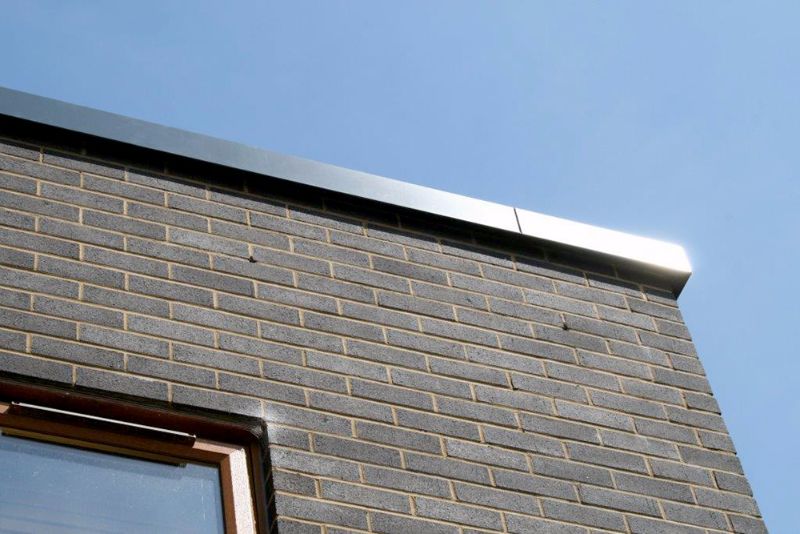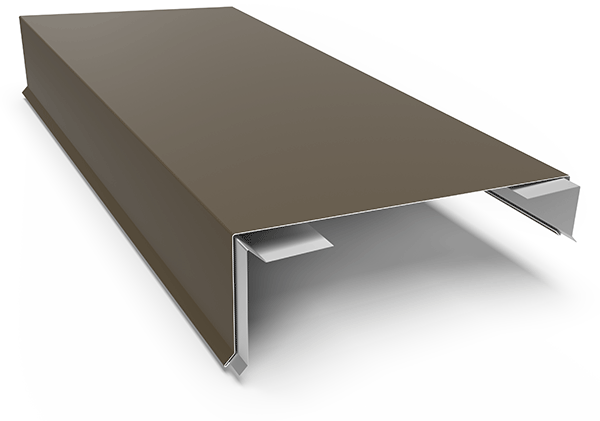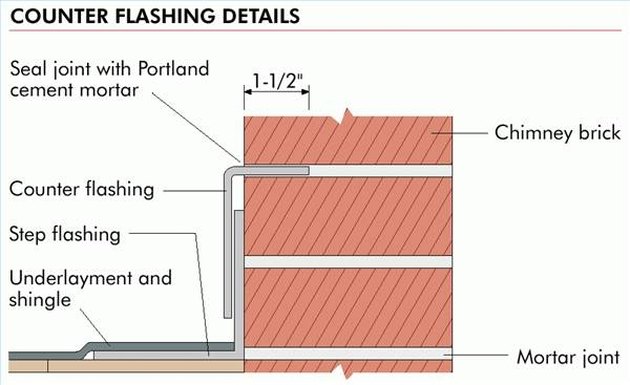
The horizontal top surfaces of walls are the most vulnerable point for water to enter the wall. There are a number of ways of protecting this surface with waterproof membranes and flashing. Coping not only helps to protect a roof / wall structure from water damage and helps to direct water away from the building facade, it also provides a sleek look. Other terms used for coping include “wall cap”, “wall cover”, “coping cover”, and, where the coping also functions as a protective counter-flashing for the top of the roof’s base flashing at the wall, “cap flashing”.

All properly made copings should be waterproof and fireproof, should be slightly wider than the wall itself, should have drip edges on both sides to prevent water from running down the face of the wall, and should have a secondary water barrier/membrane installed underneath the coping itself.
If water infiltrates the wall and freezes, the ice expands with tremendous force and this can cause cracks in the masonry units, mortar joint failure, and a general deterioration of the wall’s structural integrity. Pieces of mortar can fall out of the joints, which will let even more water in. The masonry units themselves can become loose. Steel masonry ties and anchors can rust to the point of failure. This can cause hundreds of thousands of dollars in damages, all preventable by properly fabricated coping and quality installation.

Flashing
Flashing refers to the metal barrier installed where the roof meets any vertical wall, including chimneys and dormers. Flashing directs rainwater away from these junctions, preventing subsequent leaks and water damage. Three types of flashing are typically used on each roof: base flashing, step flashing and counter flashing. All three layers work together to provide a critical barrier and should not be used alone.

Counter flashing can be installed in one of three ways. Through-wall counter flashing secures the flashing material to the wall cavity, and the exterior siding or masonry covers it. This type of installation is only practical in new construction; otherwise, it typically proves to be cost prohibitive.
Surface-mount flashing attaches directly to the exterior materials. It is the least expensive installation method but also the least likely to be fully watertight. Caulk forms the seal at the top of surface-mount flashing, and this may need to be monitored and repaired or replaced over time because the caulk will inevitably break down.
Reglet flashing represents a compromise between through-wall and surface-mount flashing. A cut is made into the exterior masonry at a 90-degree angle. The flashing material is secured in this groove and bent down to run alongside the exterior wall. Reglet flashing makes it impossible for water to get between the top of the flashing material and the exterior wall.
For more information please contact us at (416) 312-3684
